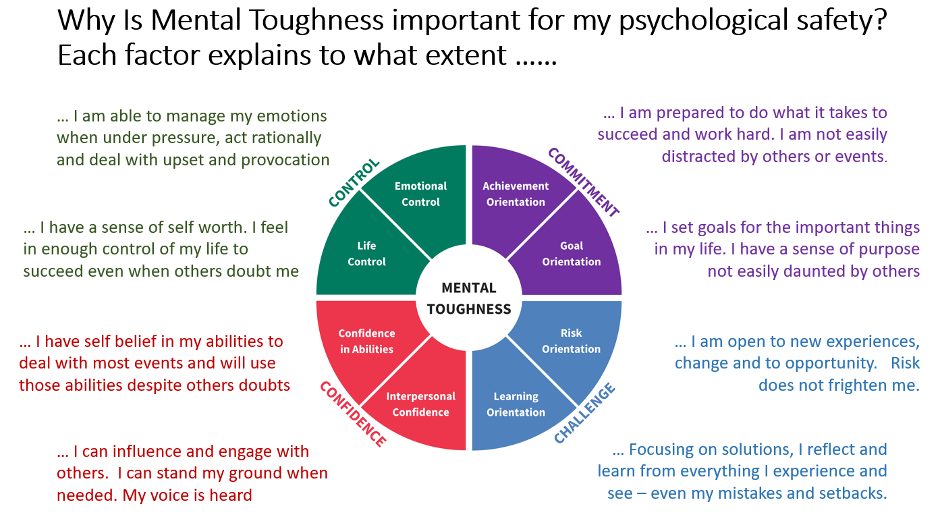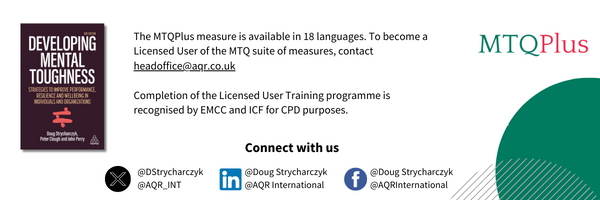Why Psychological Safety Matters
Psychological Safety has gained attention in the workplace for good reasons. It matters. It impacts everything from the bottom line to staff wellbeing and aspirations.
Psychological safety matters because:
- Team members feel more engaged and motivated – what they do seems to matter and they can speak up without fear of reprisal.
- Morale, productivity and team effectiveness depend on it.
- It enables better wellbeing – stressors and pressure are managed better.
- In turn, this helps to build trust which leads to better productivity.
- It is a fundamental requirement for optimising diversity and inclusion.
An “unsafe” culture undermines the ability to thrive and grow.
Harvard Professor, Amy Edmundson described Psychological Safety like this:
“ …. creates a team climate where people are encouraged to take risks fearlessly and nurtures mutual trust, support and respect. As a result, employees do not feel the need to censor themselves before talking and are not afraid to speak up.”
So, how can leaders optimise Psychological Safety?
Psychological Safety generally requires two things:
- An environment/culture which allows us to be psychologically safe. This is the responsibility of leaders and managers. The mental toughness concept, and measure, is an excellent framework for enabling good attitudes and behaviours. The mental approach of team members to the task and each other greatly influences the environment for all team members. We can all make a difference here.
2. The individual response to the environment. As desirable as creating a psychologically safe environment is, we can either have that environment or should learn to cope or deal with threats and issues where there is a gap in psychological safety. We need to deal with reality which is rarely perfect.
Both approaches require that we are self-aware of our mental approaches to the situation, the task, the team and the individuals in the team.
Our mental toughness is a significant determinant here.
The 4Cs Mental Toughness concept, which describes how we think – our internal mental responses when we are confronted by events, can be useful here in several ways.
Firstly, it provides a framework through which we can understand psychological safety. It helps to better understand that our mental responses to events come from a complex variety of sources, and often these come in combination.
This is important for creating self-awareness about why, or why not, we can enjoy psychological safety. This will be different for each of us.
The figure below shows how each element of our mental toughness can impact on our responses as leaders and the responses of others who work in the world they create.
What does good psychological safety look like:

The Mental Toughness concept is fundamentally important. From the time of Plato, who described it as Fortitude, to the present day, we have always known it to be important in our attitude to life and to events. Until recently it has been difficult to define and, as a result, we have not been able to apply it effectively.
The eight-factor 4Cs Mental Toughness concept brings that clarity that leaders and practitioners can use confidently to address helping people to perform at their best.
An important contributor to Diversity and Inclusion, it widens our understanding to embrace engagement with all even when they do not think the same way we do.



